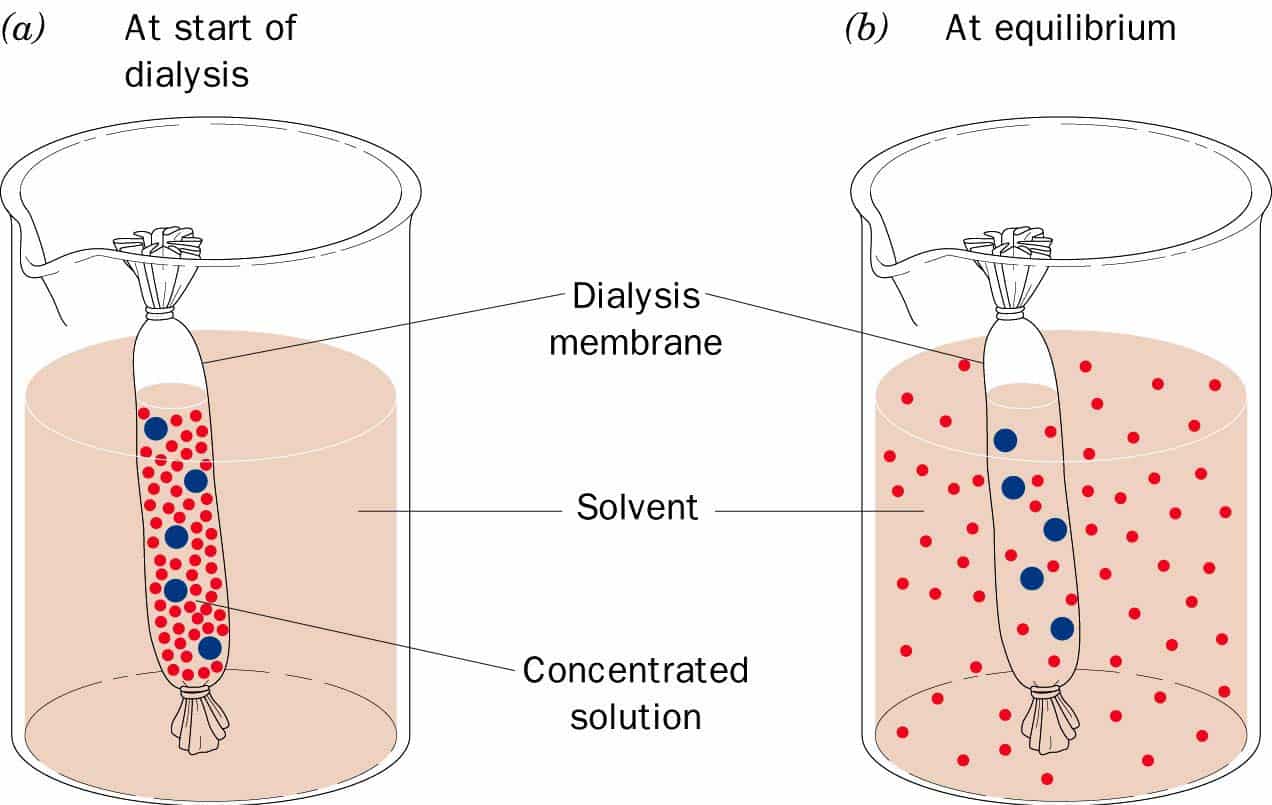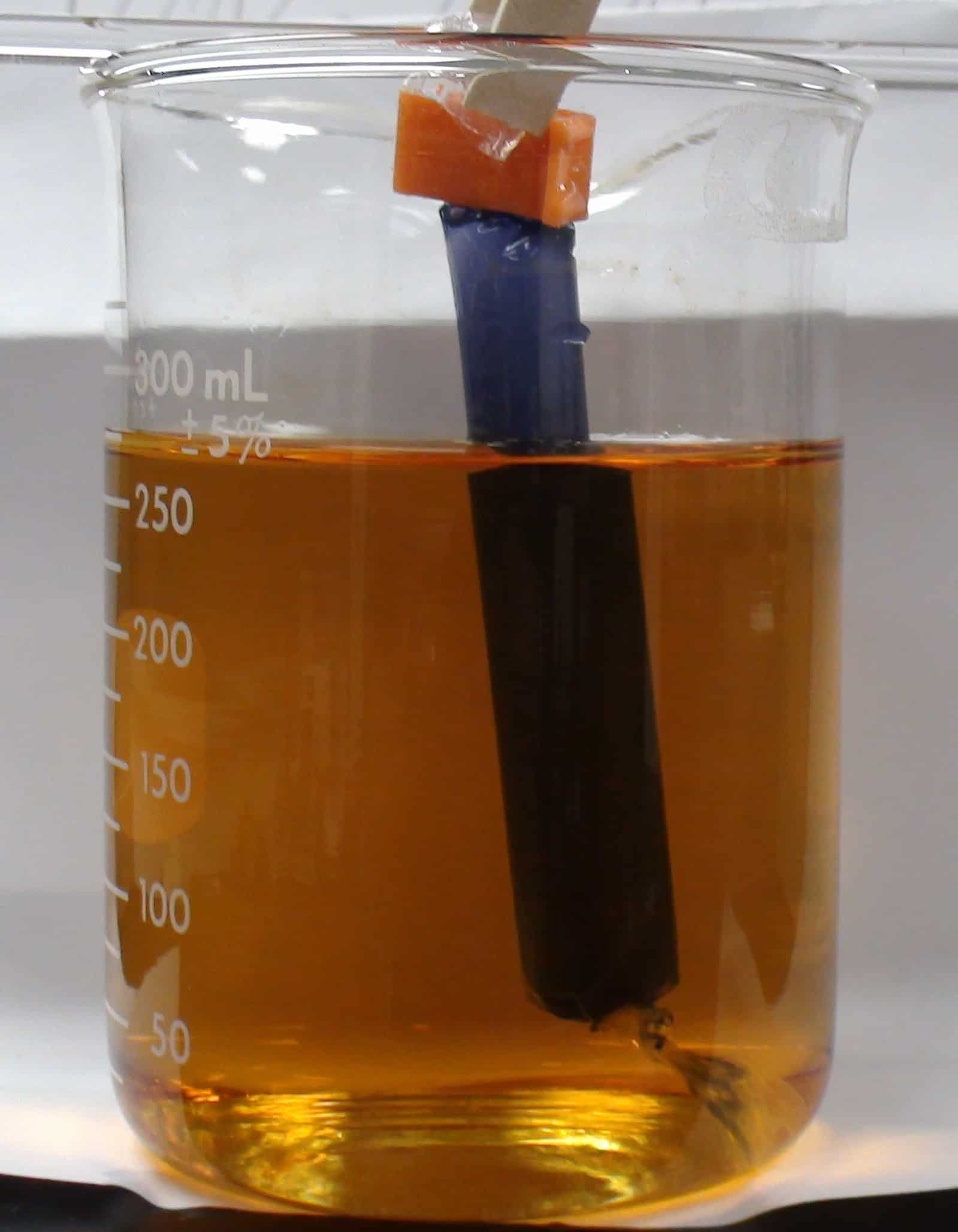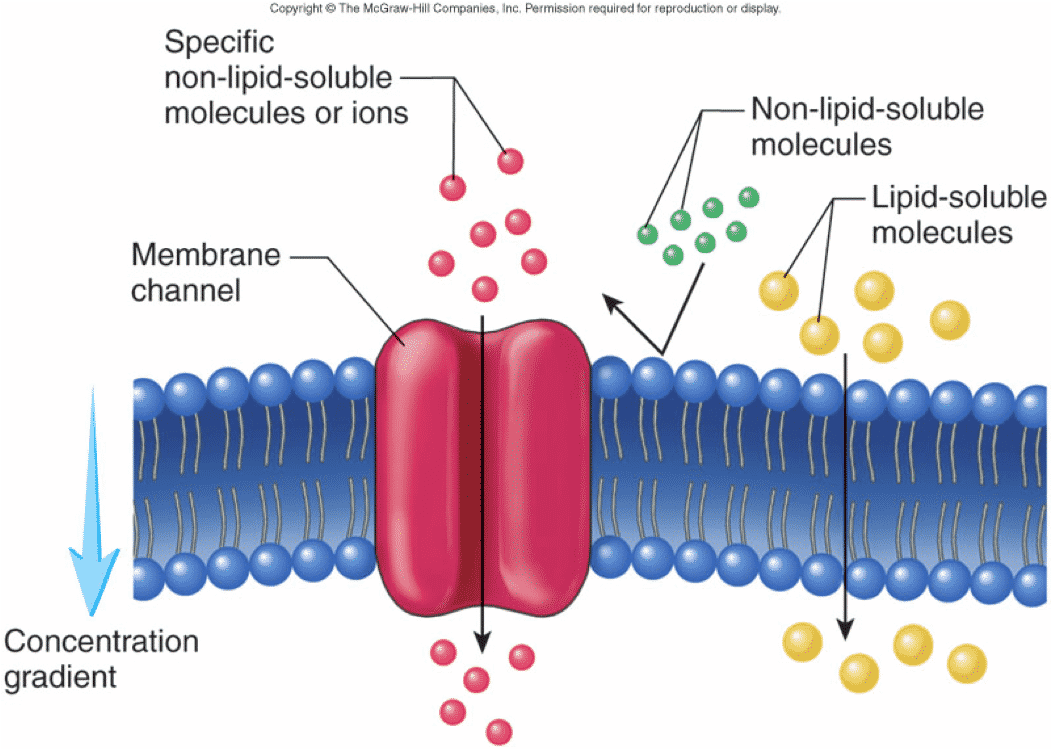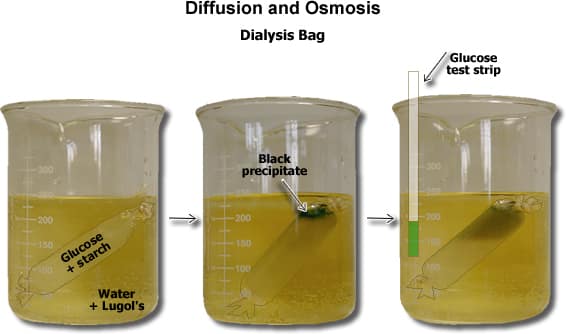Can Starch Pass Through Dialysis Tubing
Iodine molecules are small enough to pass freely through the membrane however starch molecules are complex and too large to pass through the membrane. Iodine molecules are small enough to pass freely through the membrane however starch molecules are complex and too large to pass through the membrane.

Selective Permeability Of Dialysis Tubing Lab Explained Schoolworkhelper
In contrast glucose iodine and water molecules are small enough to pass through the membrane.

. Can fructose pass through dialysis tubing. 8 Passing through other devices. It is permeable to small molecules and water but not to larger molecules.
A solution of glucose and starch will be placed inside a bag of dialysis tubing. QEMUs default SeaBIOS can be used instead of OVMF but it is not recommended as it can cause issues with passthrough setups. The salt ions can not pass through the membrane.
Can iodine pass through dialysis tubing. Insert the funnel tip into the open end of the dialysis bag and pour the 15 mL of 15 glucose1 starch solution from the. Diffusion results from the random motion of molecules.
What can not pass through the dialysis tubing. The dialysis tubing is selectively permeable because substances such as water glucose and iodine were able to pass through the tubing but the starch molecule was too large to pass. A solution of glucose and starch will be placed inside a bag of dialysis tubing.
Thus iodine diffusedinto the tube with the starch. The Dialysis tubing provides a semi-permeable membrane. Starch does not pass through the synthetic selectively permeable membrane because starch molecules are too large to fit through the pores of the dialysis tubing.
455 15 votes. Starch does not pass through the synthetic selectively permeable membrane because starch molecules are too large to fit through the pores of the dialysis tubing. Why does starch not pass through dialysis tubing.
The play that goes wrong chicago reviews. Fill the tubing with water and test it for leaks at a sink then empty the tubing. The dialysis tubing is a semipermeable membrane.
Sucrose is a disaccharide and therefore much larger than the glucose a monosaccharide that was used in the experiment. Water molecules can pass through the membrane. Should starch be able to get out of our dialysis tubing.
Only glucose simple sugar is present in the distilled water outside the visking tubing. Sucrose would be too large to pass through the dialysis tubing so the water in the beaker should not test positive for sugar in the end result. The Dialysis tubing provides a semi-permeable membrane.
Thus iodine diffused into the tube with the starch. Starch molecules are too large so they cannot pass through the. Sucrose is a disaccharide and therefore much larger than the glucose a monosaccharide that was used in the experiment.
The dialysis tubing is selectively permeable because substances such as water glucose and iodine were able to pass through the tubing but the starch molecule was too large to pass. The dialysis tubing is selectively permeable because substances such as water glucose and iodine were able to pass through the tubing but the starch molecule was too large to pass. Diffusion results from the random motion of molecules.
Glucose starch and iodine potassium iodide will readily pass through the membrane of the dialysis tubing. Only allowing smaller molecules to pass through it. Thus iodine diffused into the tube with the starch.
Glucose cannot move across a cell membrane via simple diffusion because it is simple large and is directly rejected by the hydrophobic tails. Dialysis tubing is used to simulate a cell membrane. Instead it passes across via facilitated diffusion which involves molecules moving through the membrane by passing through channel proteins.
Tie one end of the tubing tightly with a piece of string. Only allowing smaller molecules to pass through it. The presence of reducing sugars like glucose fructose and.
Distilled water will be placed in a beaker outside the dialysis bag. The dialysis tubing is a semipermeable membrane. 82 Passing audio from virtual machine to host via PulseAudio.
In contrast glucose iodine and water molecules are small enough to pass through the membrane. Diffusion results from the random motion of molecules. In contrast glucose iodine and water molecules are small enough to pass through the membrane.
Water molecules can pass through the membrane. The dialysis tubing is selectively permeable because substances such as water glucose and iodine were able to pass through the tubing but the starch molecule was too large to pass. Extracorporeal methods hemodialysis or HD and intracorporeal methods peritoneal dialysis or PD.
Extracorporeal methods perform blood pumping through a dialyser in which the metabolic products pass across membranes into dialysate solution due to diffusion and convection. In contrast glucose iodine and water molecules are small enough to pass through the membrane. Given the generally larger size of polysaccharides it is hypothesized.
Glucose molecules are small enough to pass through the tiny pores on the selectively permeable membrane of the visking tubing by diffusion. The dialysis tubing was not permeable to all the three solutions- glucose starch and Iodine Potassium Iodide. What Substances Cannot Pass Through Dialysis Tubing.
Only allowing smaller molecules to pass through it. The Dialysis tubing provides a semi-permeable membrane. Iodine molecules are small enough to pass freely through the membrane however starch molecules are complex and too large to pass through the membrane.
The size of the minute pores in the dialysis tubing determines which substance can pass through the membrane. Starch does not pass through the synthetic selectively permeable membrane because starch molecules are too large to fit through the pores of the dialysis tubing. The size of the minute pores in the dialysis tubing determines which substance can pass through the membrane.
Methods of dialysis blood purification are divided into two categories. Starch does not pass through the synthetic selectively permeable membrane because starch molecules are too large to fit through the pores of the dialysis tubing.

Selective Permeability Of Dialysis Tubing Lab Explained Schoolworkhelper

Selective Permeability Of Dialysis Tubing Lab Explained Schoolworkhelper

Selective Permeability Of Dialysis Tubing Lab Explained Schoolworkhelper

1 What Does The Tubing Represent 2 What Is Inside The Tubing Cell Membrane Starch Glucose Ppt Download
No comments for "Can Starch Pass Through Dialysis Tubing"
Post a Comment